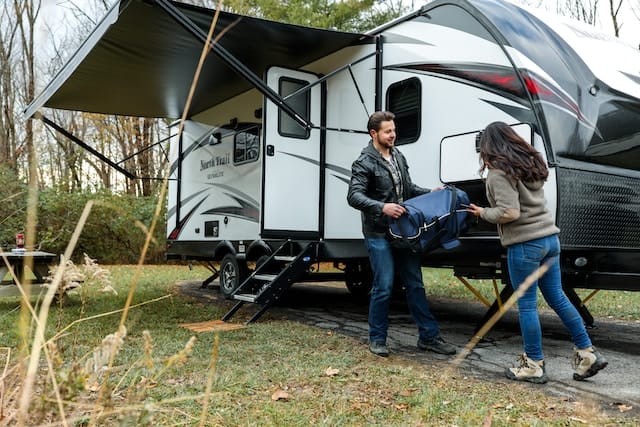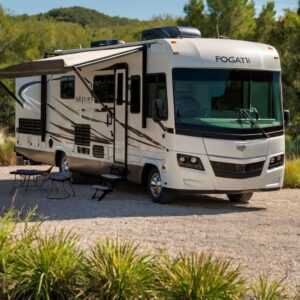If you make a purchase using the links in this article, we may make a commission. And, as an Amazon Associate, I earn from qualifying purchases. See the full disclosure here.
Sanitizing Your RV Freshwater Tank
Are you planning a road trip in your RV? One important aspect of RV maintenance that often gets overlooked is the sanitation of your freshwater tank. Ensuring that your water system is clean and safe is essential for a comfortable and worry-free journey. In this blog post, we will guide you through the process of sanitizing your freshwater tank, providing you with valuable tips and steps to follow. So sit back, relax, and get ready to learn how to keep your water system in top-notch condition!
Sanitizing your freshwater tank is an important process to ensure that your RV’s water system remains clean and safe for use. By following the manufacturer’s instructions or the steps outlined below, you can effectively sanitize your tank and plumbing system. Firstly, you will need to add 1/4 cup of bleach into the tank for every 15 gallons of tank capacity. This bleach will help kill any bacteria or other contaminants that may be present in the tank. Secondly, completely fill the tank with clean and fresh water, making sure to use city water. You should be able to smell the bleach, indicating that it has been distributed throughout the tank.
Once the tank is filled, it is important to let it stand for at least three hours. During this time, the bleach will have a chance to disinfect the tank and any associated plumbing. After the three-hour period has elapsed, drain the fresh water tank using the drain valve located at the bottom of your RV. It is important to thoroughly flush the tank and system with potable fresh water, ensuring that all traces of bleach are removed. This step is crucial to eliminate any potential chlorine taste or odor that may remain.

To further reduce any lingering chlorine taste or odor, you can prepare a solution of one-quart vinegar to five gallons of water. Pour this solution into the tank and allow it to sit overnight or longer. The vinegar will help neutralize the bleach and remove any excessive chlorine residue. The next day, flush the tank once again using the fresh water tank drain at the bottom of your RV. Make sure to flush the tank with potable water until there is no trace of vinegar or chlorine smell.
While some people suggest opening each faucet to release any air and fill the entire water system, it is important to note that doing so may introduce bleach into your black and gray tanks. This can harm the enzymes present at the dump station when you dispose of waste. It is therefore recommended to skip this step and focus solely on sanitizing the fresh water tank and plumbing system.
By following these steps, you can effectively sanitize your freshwater tank and ensure that your RV’s water is clean and safe for use. Regularly sanitizing your tank is crucial for maintaining good water quality and preventing any potential health hazards. Make sure to follow the instructions provided by your RV manufacturer or consult with a professional if you have any specific concerns or questions about sanitizing your freshwater tank.
To sanitize your freshwater tank and plumbing system follow your RV manufacturer’s instructions or do the following
1 Add 1/4 cup of bleach into the tank for every 15 gallons of tank capacity.
2 completely fill the tank with clean fresh water. With your city water, You should smell bleach.
3 Allow to stand for a least three hours.
4 Drain the fresh water tank at fresh water tank drain at the bottom of the RV and flush the tank and system with potable fresh water.
5 To remove any excessive chlorine taste or odor which might remain, prepare a solution of one-quart vinegar to five gallons of water and allow this solution to remain in the tank overnight or longer
6 flush tank at the fresh water tank drain at the bottom of the RV again flush with potable water
There are some people who think you should Open each faucet and let it run until all air has been released from the pipes and the entire freshwater system is filled. But then you are putting bleach in your black and gray tanks which will kill the enzymes at the dump station when you dump.
Sanitizing your freshwater tank is more than just a chore – it’s a crucial step in maintaining the safety and quality of your RV’s water system. By following the steps we’ve provided, you can ensure that your water is clean, fresh, and free from any harmful bacteria or contaminants.



